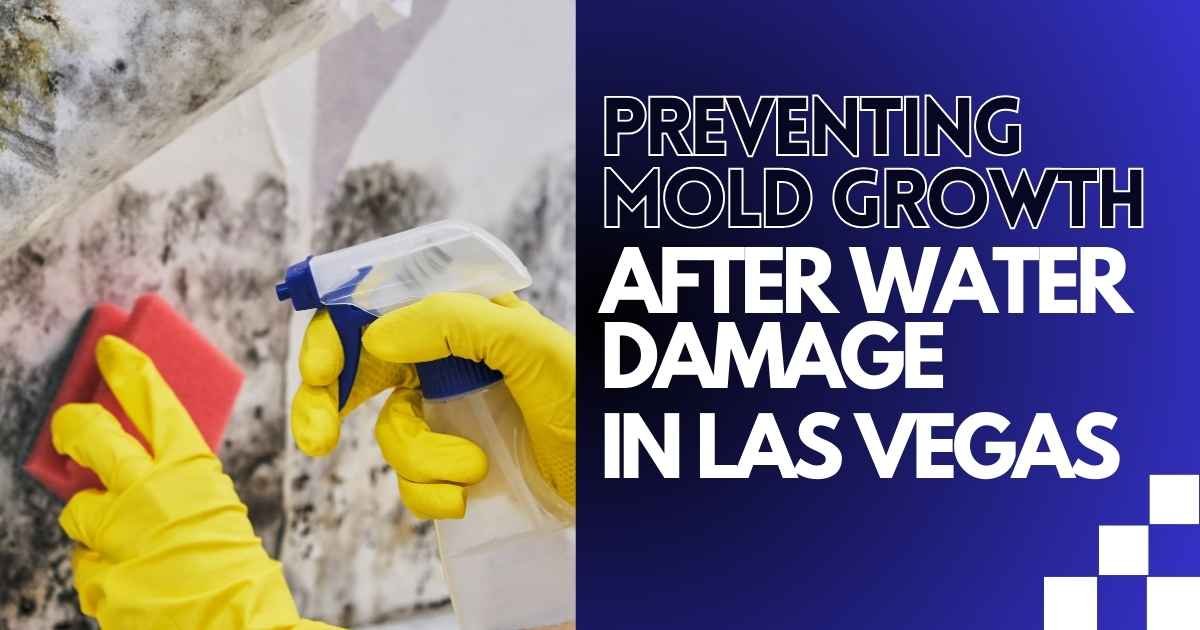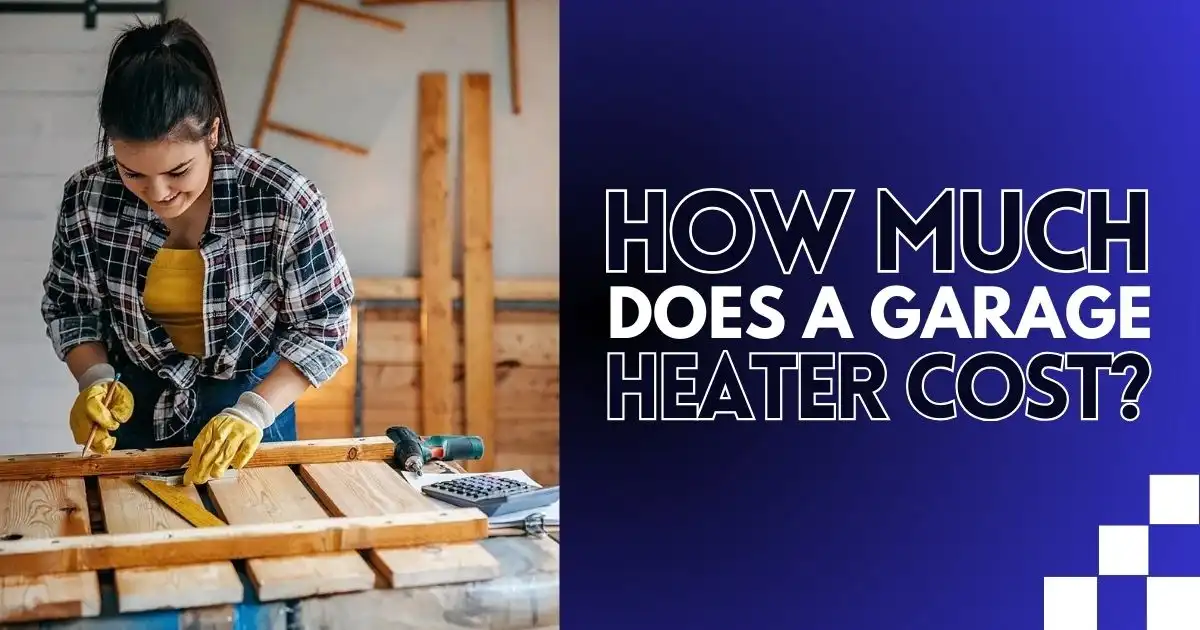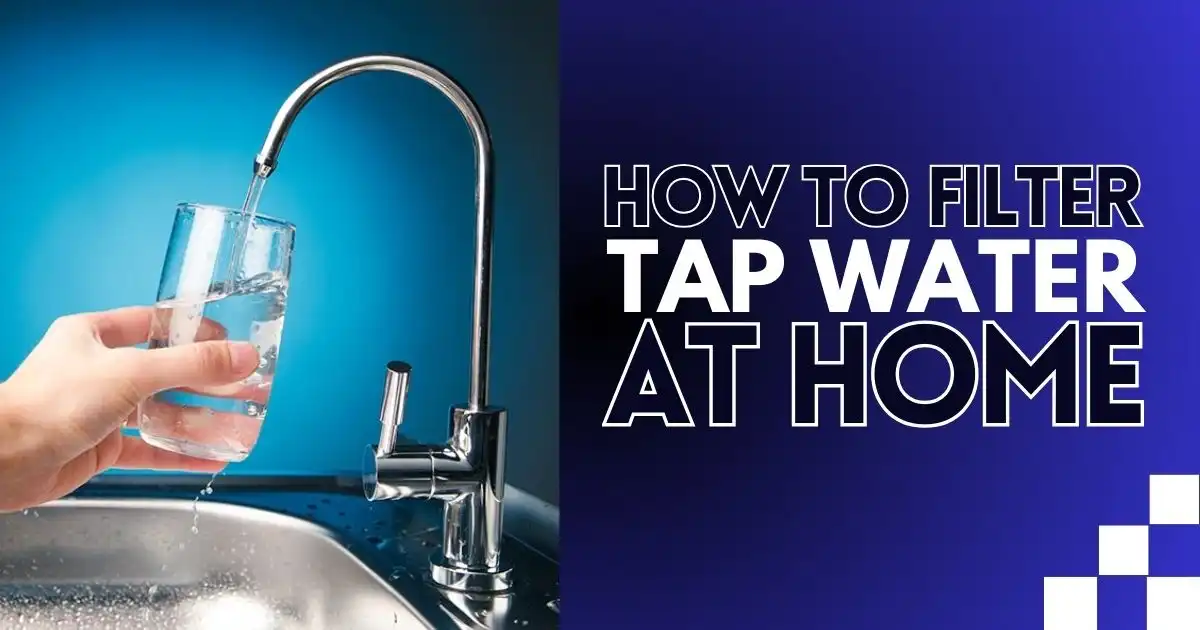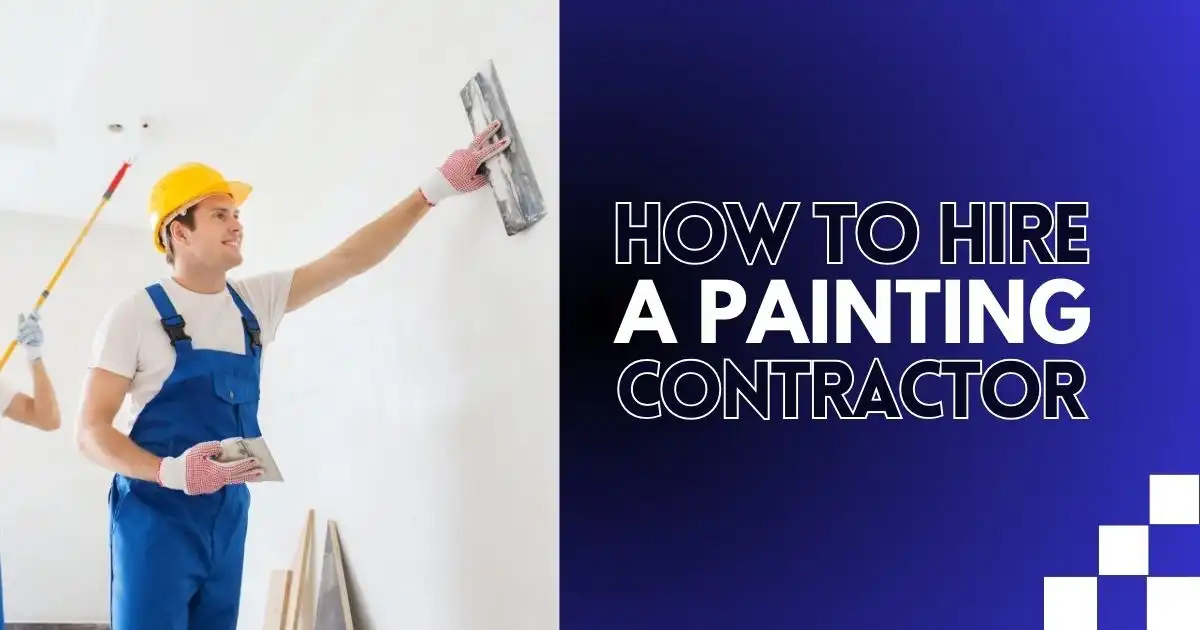Water damage can happen suddenly, but the effects often sneak up on you over time. In Las Vegas, where hidden moisture can be missed, even a small leak or damp spot can lead to a serious mold issue if not handled quickly. Mold doesn’t just harm your home, especially from water leaks; it can also be a health risk for your family.
The best way to protect your home is to know how mold grows and to act quickly before it spreads. Are you prepared to keep mold from water damage taking over your home?
What is Mold?
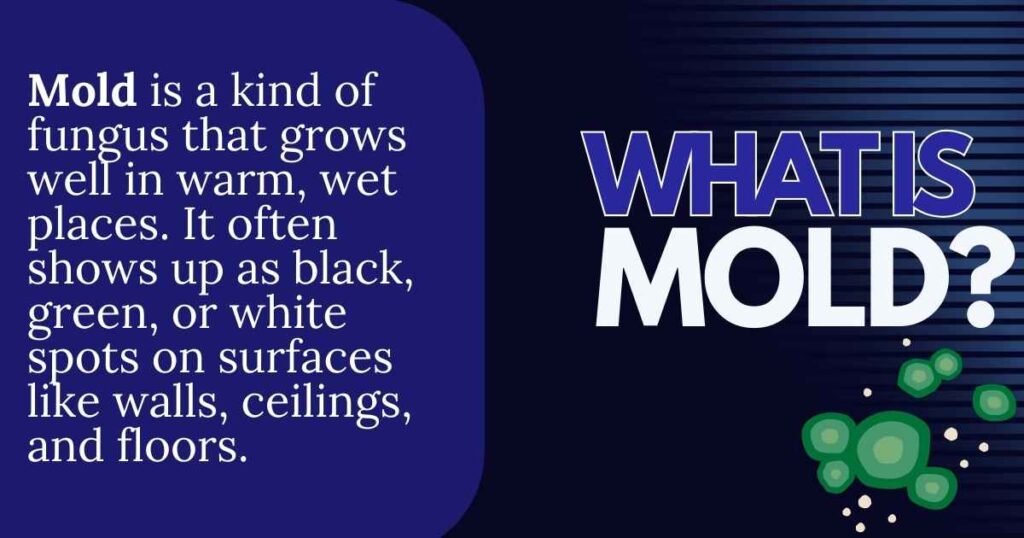
Mold is a kind of fungus that grows well in warm, wet places. It often shows up as black, green, or white spots on surfaces like walls, ceilings, and floors. Mold spreads through tiny airborne spores that settle and grow wherever moisture is present. You’ll commonly find it in areas like bathrooms, basements, and kitchens.
Beyond just damaging surfaces, mold can release allergens and irritants that impact your health, leading to issues like respiratory problems, allergies, and in some cases, more serious health conditions.
In Las Vegas, mold is often a hidden problem in homes, triggered through unexpected moisture from leaks, plumbing issues, or poor ventilation. Research suggests that about 60% of homes in Las Vegas have some degree of mold, often in places where it goes unnoticed. Knowing how mold spreads and where it tends to grow is essential for preventing it, especially after water damage.
How Does Mold Develop?

Mold starts as tiny spores that float in the air until they land on a damp spot where they can grow. Moisture is important for mold, which is why places like bathrooms, windowsills, and areas with leaks are at risk. Even a bit of condensation can cause mold, so serious water damage makes it even more likely.
It’s important to fix water damage and high humidity quickly. Mold can trigger allergies like sneezing, coughing, itching, runny nose, dry skin, sore throat, eye irritation, and headaches in both adults and kids. Handling moisture problems early, you can lower the chances of mold and its health risks
6 Ways to Prevent Mold After Water Damage
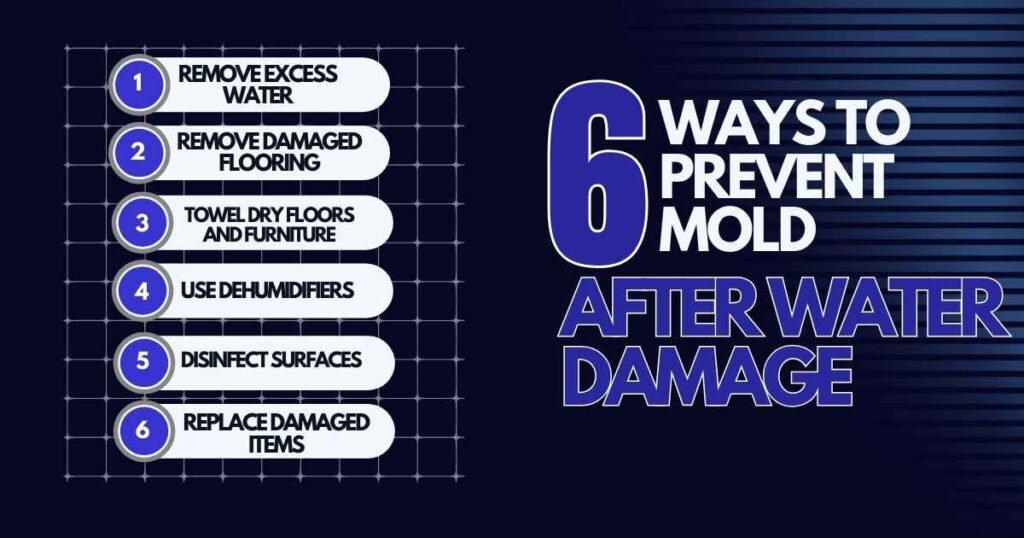
1. Remove Excess Water
After a flood or leak, start getting rid of excess water to see the damage and begin drying. Acting quickly helps prevent mold from water damage spreading. For example, if your basement floods, you might use plastic buckets to scoop out water.
While this method works, it’s tiring and time-consuming. A wet-dry vacuum, which you can rent or buy from hardware stores like Home Depot, is a more efficient and easier option for faster cleanup.
2. Remove Damaged Flooring
If the flooring is damaged, especially if it’s tiled or carpeted, it needs to be removed quickly to avoid mold. Carpets are especially prone to mold since they hold moisture. For instance, if your living room carpet gets soaked from a burst pipe, it may start to smell musty within a few days.
For minor damage, drying with baking soda or carpet cleaners might work. However, if the carpet is soaked through, it’s best to replace it entirely to prevent mold.
3. Towel Dry Floors and Furniture
Use towels and rags to dry floors and furniture first.This helps you get a clearer idea of the damage and decide what to do next. For example, if water spills onto wooden furniture, quickly drying it with towels helps prevent water from soaking in and causing warping.
Regularly wiping down wet areas like bathroom floors and window sills after showers can also help stop mold from growing in these spots.
4. Use Dehumidifiers
Keeping indoor humidity low is key to preventing mold since it grows in warm, moist places. The EPA suggests keeping humidity below 60%. For example, after a leak in your home, running a dehumidifier in the affected room can quickly remove excess moisture from the air, making it harder for mold to grow. Using fans, like the box fans you can find at Walmart, also helps speed up drying in damp areas.
5. Disinfect Surfaces
After drying, disinfect surfaces to kill bacteria and stop further issues. For instance, after drying out a bathroom that’s been flooded, using household disinfectants like bleach or Lysol can help keep mold from spreading on floors and walls.
6. Replace Damaged Items
If something is too damaged to repair, it’s better to replace it, especially if it’s structurally weak. For example, if a ceiling panel shows discoloration and gives off a musty smell after water damage, it’s a sign of potential mold.
Replacing that panel now can prevent mold from spreading to other areas and save you from bigger problems later. Replacing damaged items might seem costly, it can save your money and hassle through avoiding extensive mold removal down the road.
When to Call a Professional for Mold Cleanup
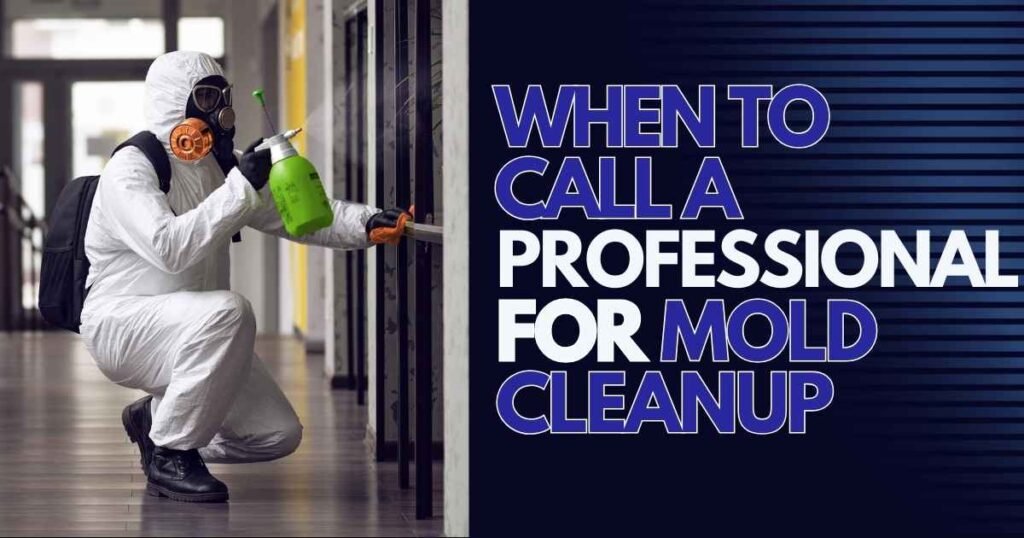
Deciding if you need a pro for mold cleanup depends on the situation. If the moldy spot is small (less than 10 square feet or 3×3 feet), you can likely handle it yourself. But if there’s a lot of water damage or the mold covers more than 10 square feet, check the EPA’s guidelines. If you’re unsure about the size, it’s best to ask an experienced mold cleanup company.
Taking steps to dry wet areas, remove damaged materials, and reduce moisture can help stop mold from spreading. But for larger issues, professionals like Vegas Plumbing Pros have the right tools and knowledge to assess water damage, find hidden moisture, and effectively prevent mold. Their help ensures the job is done right, lowering the risk of future mold problems and the issues that come with it.
Stay Ahead, Keep Mold Away
Mold prevention is like a race against time where quick and decisive action wins. In Las Vegas, where hidden moisture can easily escape notice, it’s like playing defense against an invasive weed. Just as you wouldn’t let a small crack in the soil become a home for stubborn roots, you shouldn’t let lingering water invite mold to take root in your home.
Swiftly drying out the area, ventilating, and eliminating excess moisture are like pulling weeds before they spread. Staying one step ahead and nurturing a healthy, dry environment, you protect your home from the creeping grasp of mold, keeping it safe and sound for the long run.
FAQs
How to prevent mold after water damage?
Work fast to dry the area. Use towels, mops, or a wet-dry vacuum to remove any standing water. Use fans and dehumidifiers to dry out the space within 24-48 hours. Ensure proper ventilation by opening windows. Get rid of any water-damaged items that can’t be saved, like carpets or insulation. Clean surfaces with mold-killing products to stop mold from growing.
How to get rid of mold caused by water damage?
When dealing with mold in water-damaged areas, wear gloves, a mask, and goggles. Seal the area with plastic sheets to prevent spread. Discard heavily moldy items like carpets or drywall. Clean surfaces with water and detergent or a mold remover, then dry thoroughly to prevent regrowth. For severe mold, consider hiring a professional.
How soon does mold grow after water damage?
Mold can start to grow within 24-48 hours after water damage, especially if the area remains damp and poorly ventilated. To prevent issues related to mold water damage, it’s important to act quickly. The quicker you dry out the area and improve ventilation, the less likely mold will grow, reducing potential health risks and costly repairs down the line.
How does water affect mold growth?
Mold thrives in damp, warm environments. Water provides the moisture mold needs to grow and spread. The longer water remains, the higher the risk of mold growth, which can lead to health problems and further damage to your home.
